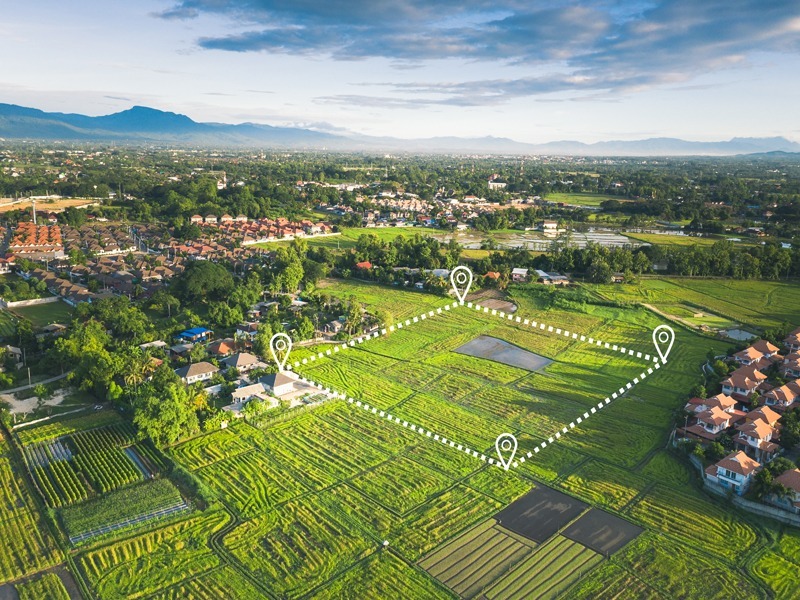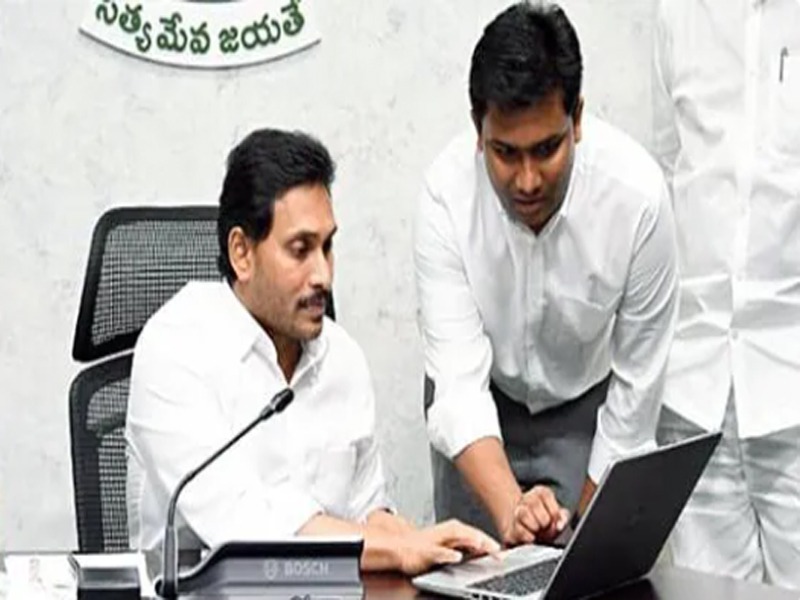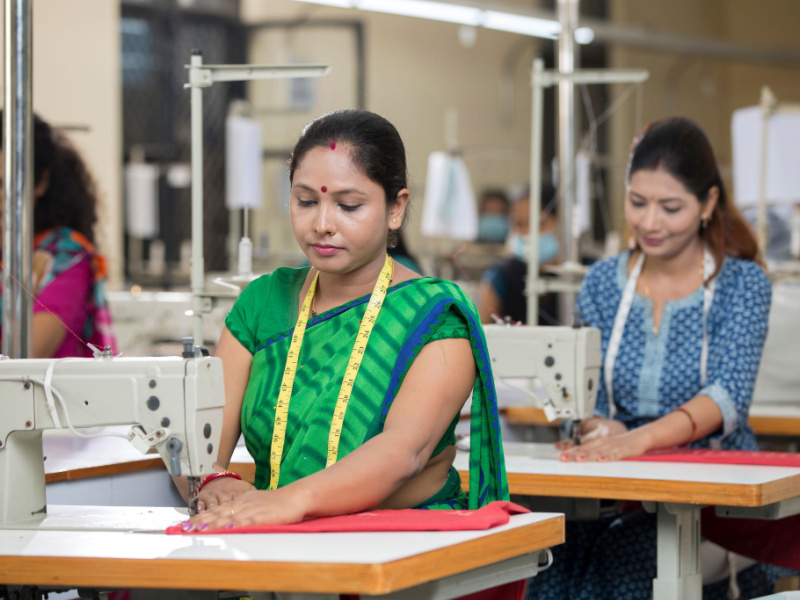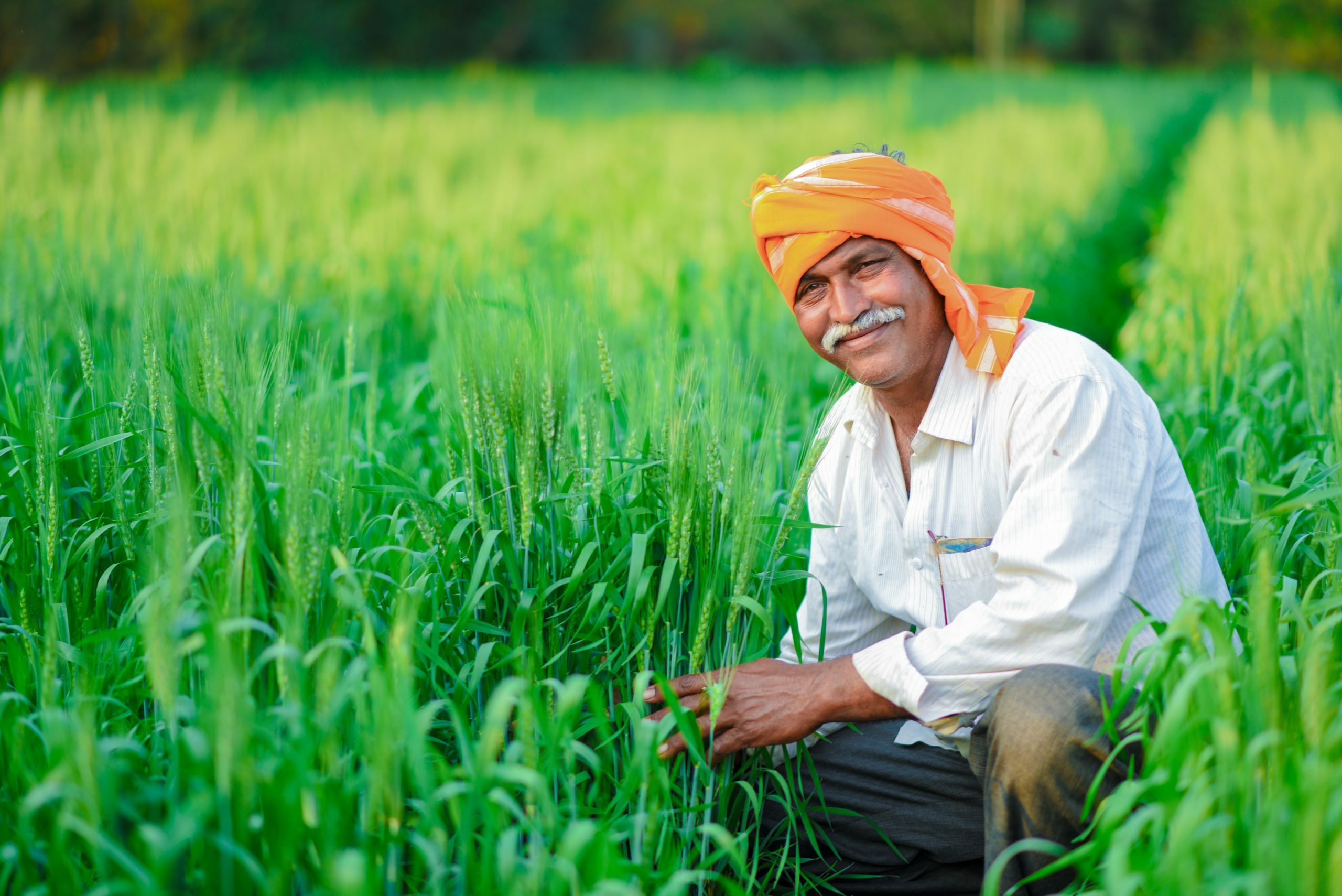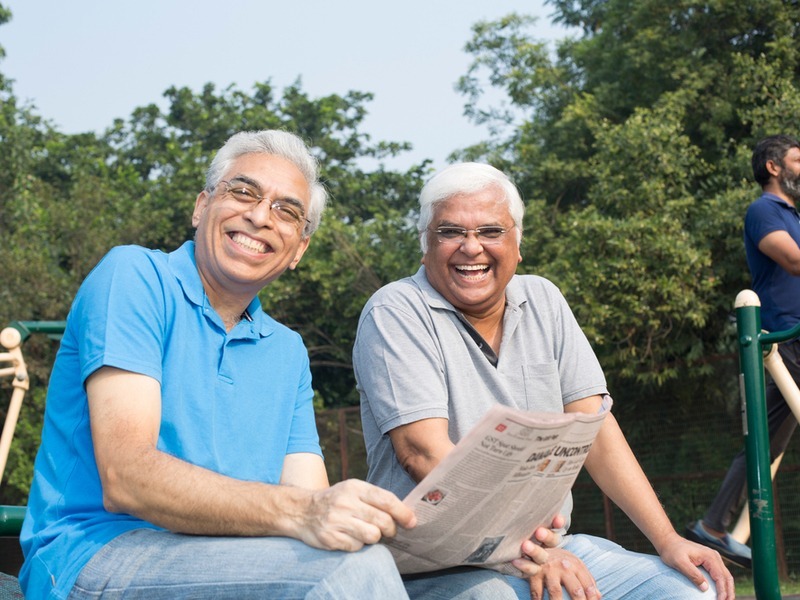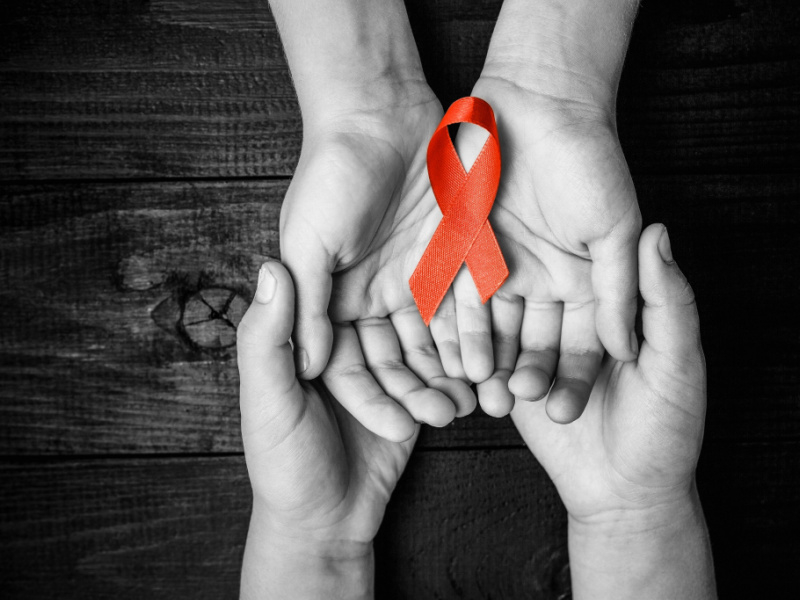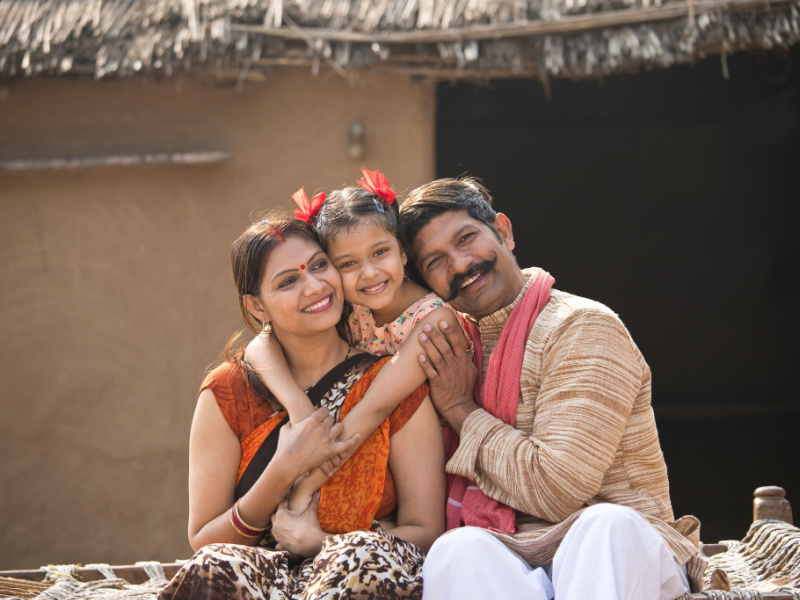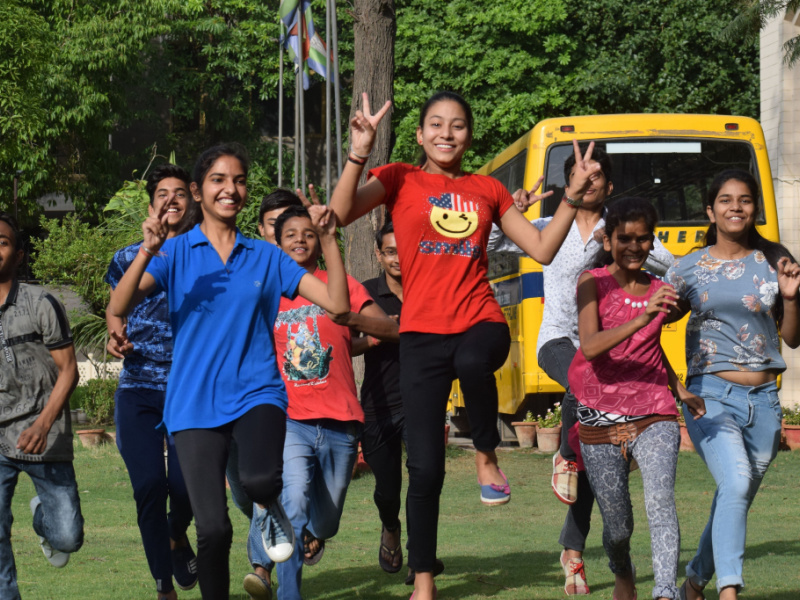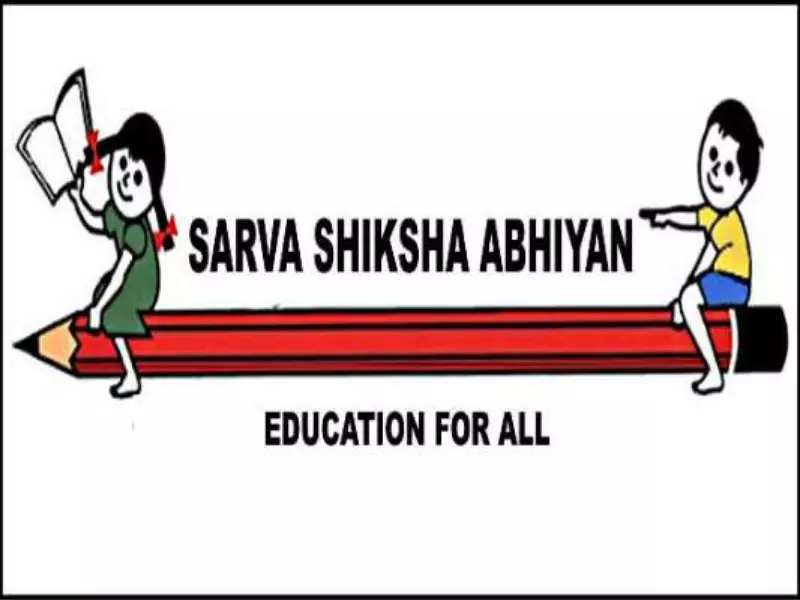
Every adolescent is entitled to an education. Schooling is essential for children for a variety of reasons. It fosters wisdom and intellect, which aid in self-sufficiency in life. It is crucial in the formation of a person’s intelligence. It also builds confidence and assists us in becoming responsible citizens of the country.
Read More – How to invest towards Children’s Education Goals?
Children’s schooling is crucial since they are the country’s future and need to be informed about current events. It aids a child’s development of humanity, excellent manners, and social skills. The most fragile time of life is early infancy. Early childhood education tries to help youngsters who are still developing. Education is critical throughout childhood since it is a reasonable period for children to build social and mental abilities to aid in their growth and success. Childhood education also gives opportunities for self-development and learning about one’s hobbies.
What is Sarva Shiksha Abhiyan (SSA)?
The Sarva Shiksha Abhiyan (SSA) is one of the governments of India’s leading initiatives to accomplish the Universalization of Elementary Education (also called UEE) in a time-bound-focused manner, as specified by the Indian Constitution. The Right to Education became a Fundamental Human right in India with the 86th amendment to the Constitution. Youth aged 6 to 14 are entitled to compulsory and no-cost education under the Right to Education.
The SSA initiative is led by the Ministry of Human Resource Development (MHRD). From the year 2000 to 2001, the SSA initiative was in effect. Modifications to the SSA initiative were introduced with implementing the Right to Education (RTE) Act in the year 2009.
The SSA plan is administered in collaboration with the state and local governments across the nation to meet the needs of 193 million children in 1.2 million households. The Sarva Shiksha Abhiyan and the Rashtriya Madhyamik Shiksha Abhiyan were combined into the Samagra Shiksha Abhiyan initiative in the year 2018.
The Sarva Shiksha Abhiyan Program’s Components
The following are the characteristics of the SSA initiative:
- This strategy was established to implement universal primary education within a set time frame.
- This program delivers high-quality primary education to all citizens of this nation.
- It aids in promoting social fairness by supporting children and providing them with primary schooling.
- The treatment of primary schools facilitates School Management Boards, Panchayati Raj organizations, Local Education Advisory boards, Parents’ Teachers’ Organizations, Mother Teacher Organizations, and Tribal Autonomous Authorities.
- It establishes an educational collaboration between the states, the federal government, and the local authority.
- It gives states the freedom to build their vision of primary education.
The Sarva Shiksha Abhiyan Program’s goals
Coursework, educational design, primary education, and administration are all goals of the SSA program. The SSA program’s broad aims are as follows:
- To build new institutions in areas where there are no existing educational facilities.
- To provide for alternate educational opportunities.
- The current school infrastructure will be strengthened by adding water for drinking, more classes, and bathrooms.
- To oversee the administration of servicing and school enhancement funding.
- To give students with garments and free teaching materials.
- To further provide and strengthen the teaching force by appointing more educators to institutions where there is a teacher shortage.
- To provide pupils with a high-quality primary education as well as life skills.
- To enhance girls’ learning to improve women’s position.
- To encourage youngsters with additional needs or who are differently-abled to attend school.
- To promote fair educational opportunities for children from SC/ST families, landless farm laborers, the Islamic minorities, and others.
- To get a better understanding of the educational needs of children from traditionally marginalized groups.
- To narrow the digital gap by providing computer instruction to youngsters in schools.
- Improving and enhancing the competence and abilities of current school teachers through rigorous training, funding for producing teacher-learning materials, and a more robust academic support system at the blocks, clusters, and district levels.
Initiative Under the Sarva Shiksha Abhiyan Scheme
In 2014, the SSA plan launched the ‘Padhe Bharat Badhe Bharat’ campaign. The Padhe Bharat Badhe Bharat project aims to enhance children’s reading, handwriting, and maths skills in Grade I and Grade II. Its goal is to help youngsters realize the benefits of reading comprehension and writing from a practical standpoint.
The Padhe Bharat Badhe Bharat initiative emphasizes the value of children’s reading in developing exceptional writers and readers. This initiative guarantees that Indian schools improve their ability to provide high-quality education. This initiative is being designed in a two-track strategy, as follows:
- Enhance children’s cognitive development by encouraging them to write and read with understanding, as well as;
- To foster a positive and natural interest in mathematics tied to the intellectual and cultural realm.
Conclusion
The Sarva Shiksha Abhiyan (SSA) is a Unified Elementary Education initiative. This initiative also aims to give a chance for all students to improve their human potential by providing community-owned quality education in a predefined sequence. It is a reaction to the widespread need for high-quality primary education. Mehboob wrote the poem “School Chalen Hum” to advocate the Sarva Shiksha Abhiyan (SSA) initiative.














